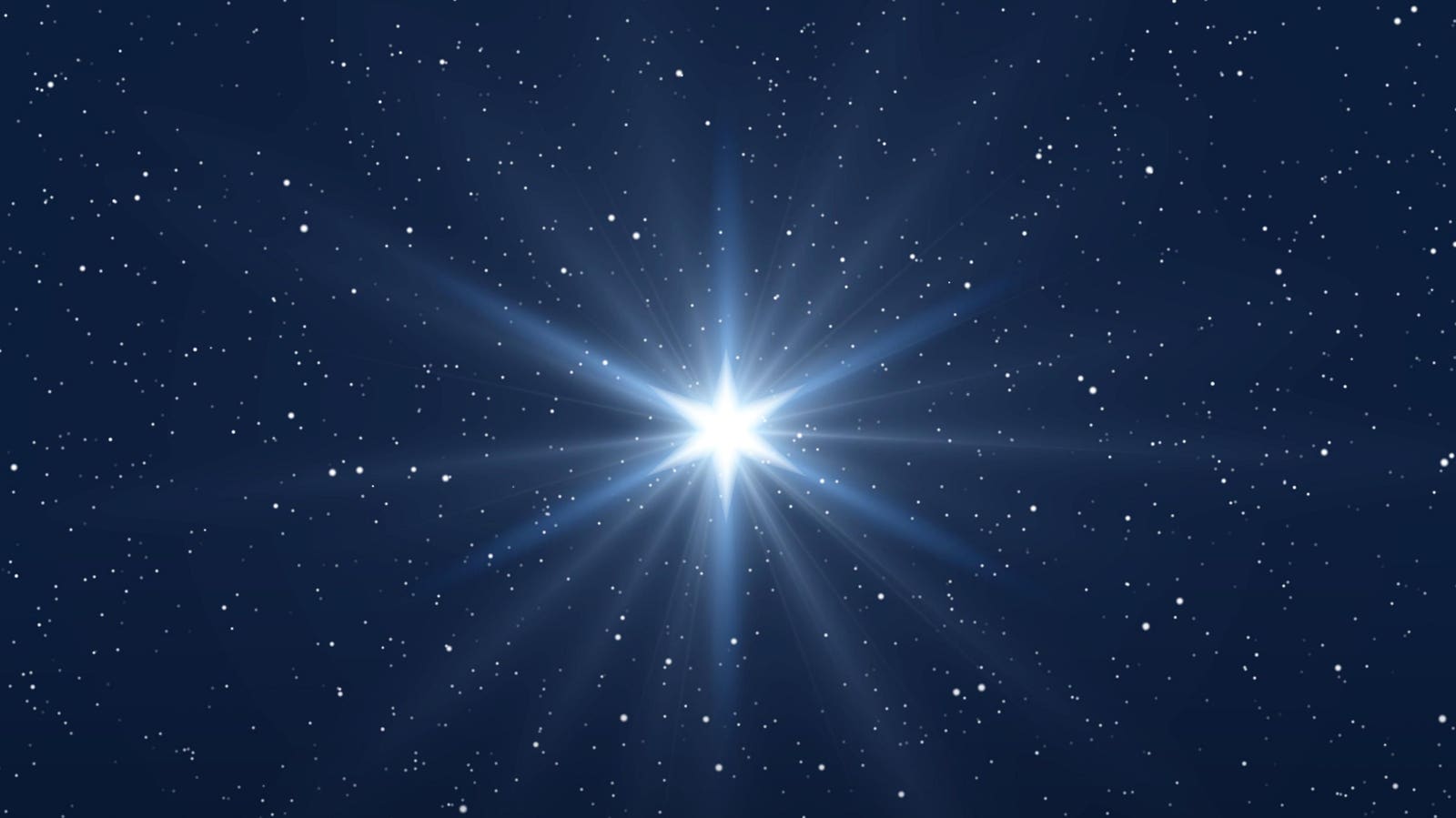What is the brightest star in the east after dark? For amateur planetary astronomers, we’re on top … [+]
As the window of night envelops the world, a bright point of light rises in the east. It appears a few hours after dark, shining brightly and dominating the night sky for the rest of the night – but what is it?
Jupiter, the “King of the Planets”, will soon reach the biggest, the brightest and the best. The largest planet in the solar system is currently shining at magnitude -2.8 and is high in the eastern night sky just after dark. Why?
Jupiter in opposition
The giant planet is near what astronomers call opposition. On December 7, 2024, Jupiter will align with the sun and Earth. Or, rather, Earth’s faster orbit will place it currently between the sun and Jupiter. Consequently, we will be able to see 100% of Jupiter’s disk, which will also be as close as it can ever be to Earth, at 380 million miles (612 million kilometers).
Since we are now only one month away from Jupiter being at opposition, the planet is now becoming extremely bright. Although the opposition is a specific date, a month either side is the best time to see the planet using even a small telescope or a pair of binoculars.
A ‘full’ Jupiter
Opposition means a full Jupiter, because its sunward side is fully illuminated by the sun. Looking away from the sun in the outer solar system at night, we on Earth see the sunward side of Jupiter. It’s a lot like a full moon; 50% of the moon is always lit by the sun. Only our perspective on it changes.
Another consequence of Jupiter being in opposition is that he rises earlier. This week, it is rising about two hours after sunset, but soon, it will appear in the east as the sun sets in the west and set in the west as the sun rises in the east. So, in addition to being big and bright, it will dominate the entire night. It will be highest in the sky just after midnight.
Jupiter takes 12 Earth years to orbit the sun. It orbits about 484 million miles (779 million kilometers) from the sun. Earth orbits 93 miles (150 million kilometers) from the sun. So Jupiter comes into opposition – as seen from Earth – once every 13 months, as Earth, traveling 12 times faster, reaches Jupiter and then passes it.
Jupiter’s legendary Great Red Spot takes center stage in this view from the Hubble Space Telescope … [+]
Observation of Jupiter and its moons
For amateur planetary astronomers, it is one of the astronomical highlights of the year. It is currently moving through the constellation Taurus, shining just to the left of the red supergiant star Aldebaran – the “eye of the bull” – with the rather open cluster, the Pleiades, just above the pair.
Any small telescope will get you a look at majestic Jupiter – including its pink cloud bands – but all you need is a pair of binoculars to see its four large moons, which are also among the largest , the brightest and closest to Jupiter’s opposition. The so-called Galilean moons (because they were first seen by Galileo Galilei using the first telescope) are Io, Europa, Ganymede and Callisto, which orbit Jupiter in the same plane, so they will be seen in both sides of the planet.
This montage shows the best views of Jupiter’s four large and different Galilean moons as seen from … [+]
‘The stars wander’
The planets were called “wandering stars” by ancient astronomers because they don’t seem to move across the night sky together like stars do. That’s because all the planets lie on the ecliptic, the path the sun takes across the daytime sky.
The solar system is flat and all the planets revolve around the sun in the same plane. Consequently, you will only ever see the planets on this ecliptic. This line in the sky stretches between east and west, although it crosses only from the equator. The planets rise in the east, move along the ecliptic in the southern sky, and then set in the west.
Jupiter’s opposition on December 7 is just the start of a wonderful few months for planet watchers. On January 16, 2025, it’s the turn of Mars, which by mid-December will join Jupiter in the night sky after sunset as a bright red light shining at magnitude -1.4. Exactly one month later, Venus will reach its brightest in the evening sky, shining at a brilliant magnitude of -4.5.
I wish you clear skies and open eyes.
